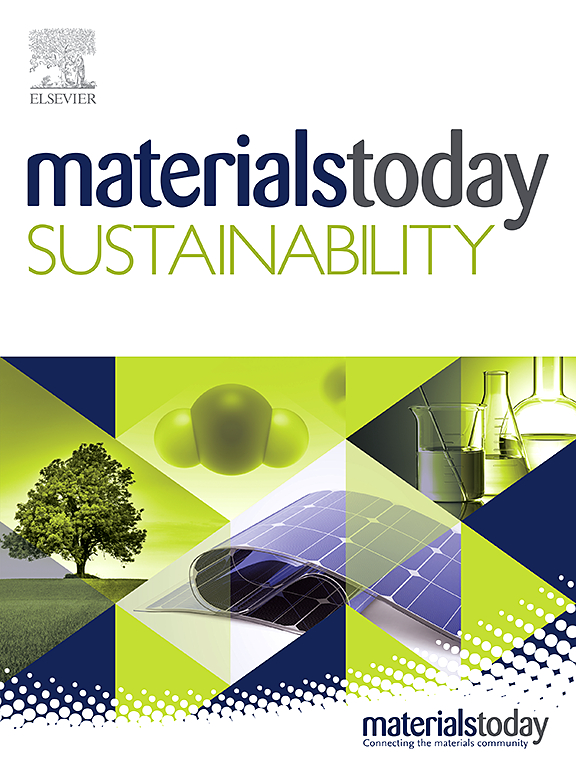含有高密度平面缺陷的低对称钛铂金属间化合物的变形机制
IF 7.1
3区 材料科学
Q1 GREEN & SUSTAINABLE SCIENCE & TECHNOLOGY
引用次数: 0
摘要
由于在激活位错滑移和变形孪晶方面存在挑战,再加上缺乏替代变形机制,金属间化合物通常表现出有限的塑性变形能力。钛铂合金是一种普遍的金属间化合物,可用于高温形状记忆合金和电场能源应用材料。然而,它们通常表现出很差的变形能力。在这里,我们制备了一种低对称性金属间化合物相 Ti4Pt3,它具有显著的塑性变形能力。该相具有高密度的平行平面缺陷,导致垂直于这些缺陷的晶格周期性特别大。通过原位扫描电子显微镜压缩试验,我们观察到这一新相具有很大的塑性变形能力。对变形 Ti4Pt3 相的分析表明,密集的平面缺陷产生了均匀分布的内应力集中点,使晶体内部的背应力迅速增加。这种现象导致了显著的晶格旋转和局部有序-无序转变,而这两种关键机制都有利于塑性变形和提高变形能力。我们的研究强调了利用结构不对称实现非常规变形机制的潜力,从而提高金属间化合物的塑性。本文章由计算机程序翻译,如有差异,请以英文原文为准。
The deformation mechanism of low symmetric Ti–Pt intermetallic compounds containing high density of planar defects
Intermetallic compounds typically exhibit limited plastic deformation capacity due to challenges in activating dislocation slip and deformation twinning, coupled with a lack of alternative deformation mechanisms. Ti–Pt alloys are a prevalent type of intermetallic compound utilized in high-temperature shape memory alloys and as materials for energy applications in electric fields. However, they often exhibit poor deformation capability. Here, we prepared a low-symmetry intermetallic phase, Ti4Pt3, which demonstrates significant plastic deformation capability. This phase features a high density of parallel planar defects, resulting in an exceptionally large lattice periodicity perpendicular to these defects. Through in-situ scanning electron microscope compression tests, we observed substantial plastic deformation in this new phase. Analysis of the deformed Ti4Pt3 phase revealed that the dense planar defects create uniformly distributed sites of internal stress concentration, enabling a rapid increase in back stress within crystals. This phenomenon leads to notable lattice rotation and localized order-disorder transitions, both crucial mechanisms facilitating plastic deformation and enhancing deformation capacity. Our research underscores the potential of leveraging structural asymmetry to enable unconventional deformation mechanisms, thereby enhancing the plasticity of intermetallic materials.
求助全文
通过发布文献求助,成功后即可免费获取论文全文。
去求助
来源期刊

Materials Today Sustainability
Multiple-
CiteScore
5.80
自引率
6.40%
发文量
174
审稿时长
32 days
期刊介绍:
Materials Today Sustainability is a multi-disciplinary journal covering all aspects of sustainability through materials science.
With a rapidly increasing population with growing demands, materials science has emerged as a critical discipline toward protecting of the environment and ensuring the long term survival of future generations.
 求助内容:
求助内容: 应助结果提醒方式:
应助结果提醒方式:


